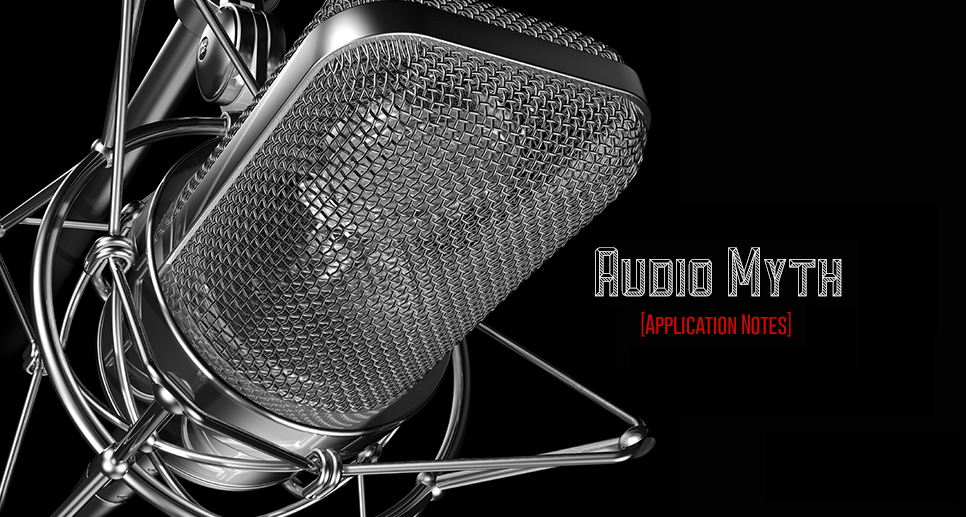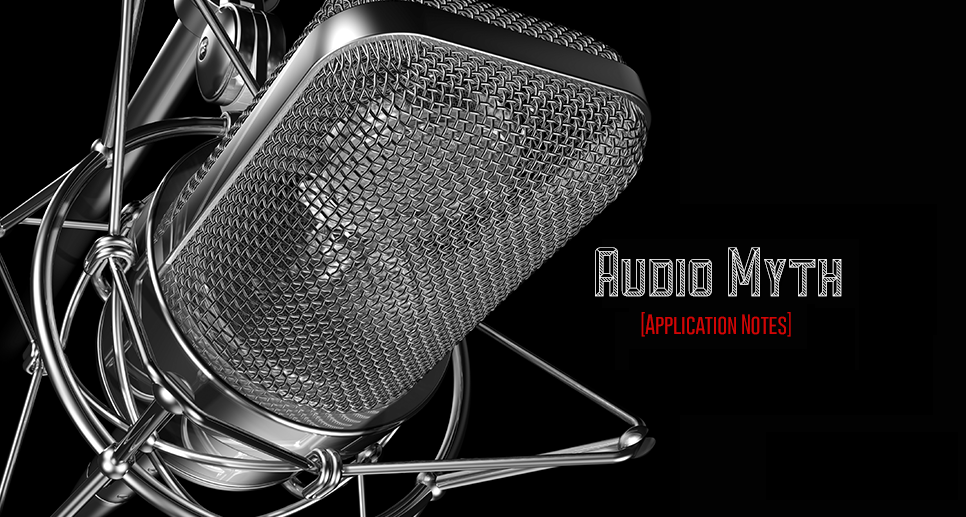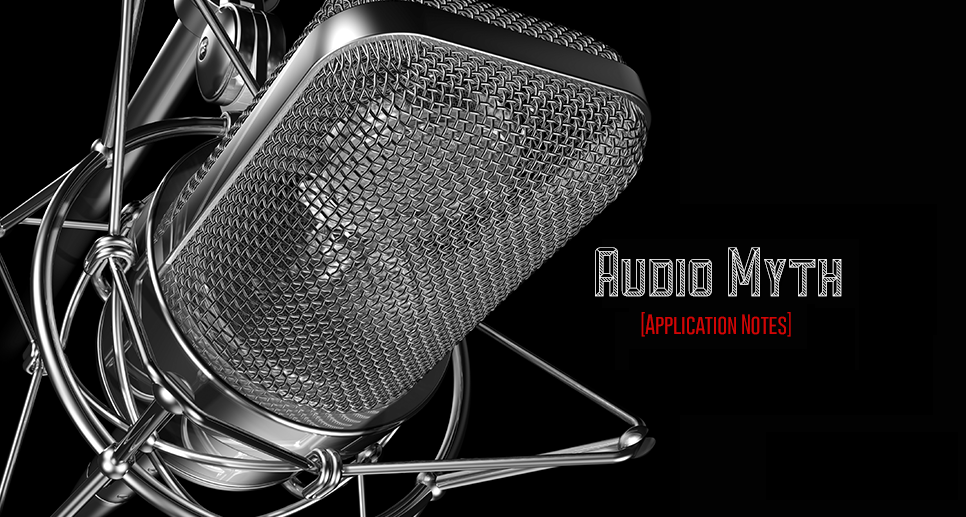Buy one component and save 10% on up to 2 cables. Buy 2 components and get 4 free cables. Free shipping on USA orders over $700. We are closed 1/1/26 and 1/2/26.
Buy one component and save 10% on up to 2 cables. Buy 2 components and get 4 free cables. Free shipping on USA orders over $700. We are closed 1/1/26 and 1/2/26.
Audio Application Notes
Audiophile Snake Oil
by John Siau April 05, 2024
The Audiophile Wild West
Audiophiles live in the wild west. $495 will buy an "audiophile fuse" to replace the $1 generic fuse that came in your audio amplifier. $10,000 will buy a set of "audiophile speaker cables" to replace the $20 wires you purchased at the local hardware store. We are told that these $10,000 cables can be improved if we add a set of $300 "cable elevators" to dampen vibrations. You didn't even know that you needed elevators! And let's not forget to budget at least $200 for each of the "isolation platforms" we will need under our electronic components. Furthermore, it seems that any so-called "audiophile power cord" that costs less than $100, does not belong in a high-end system. And, if cost is no object, there are premium versions of each that can be purchased by the most discerning customers. A top-of-the line power cord could run $5000. One magazine claims that "the majority of listeners were able to hear the difference between a $5 power cable and a $5,000 power cord". Can you hear the difference? If not, are you really an audiophile?
Audio Myth - "Damping Factor Isn't Much of a Factor"
by John Siau June 04, 2020
Myth - "Damping Factor Isn't Much of a Factor"
Myth - "A Damping Factor of 10 is High Enough"
Myth - "All Amplifiers Have a High-Enough Damping Factor"
Where did these Myths Originate?
These myths seem to trace back to a well-know paper written by Dick Pierce. His analysis shows that a damping factor of 10 is virtually indistinguishable from a damping factor of 10,000 when it comes to damping the motion of a loudspeaker cone. This analysis has been examined and repeated in many more recent articles, such as a well-written post on Audiofrog.com by Andy Wehmeyer. Articles such as these are often cited as evidence that amplifier damping factor doesn't matter. The mathematical analyses are correct, but the conclusions are incomplete and misleading!
Audio Myths - The Ultimate "Myth Buster" Video - Monty Montgomery, Xiph.Org
by John Siau March 14, 2017
Digital Show & Tell, Monty Montgomery, Xiph.org
Monty Montgomery takes us into the lab and uses a series of simple demonstrations to bust some very common myths about digital audio. Test your knowledge of digital audio. This video is fun to watch and easy to understand! Monty takes some difficult concepts and demonstrates them in a clear and simple manner.
Have doubts about Nyquist? Have a fear of stairsteps? Are you worried about ringing? Ever wonder what digital audio does to the timing of transients? This video is for you!
Myth - "Digital audio has stairsteps."
Myth - "Increased bit depths reduce the stairsteps."
Myth - "Analog tape has more resolution than digital audio."
Myth - "Dither masks quantization noise."
Myth - "Signals lower than one LSB cannot be reproduced."
Myth - "Digital filters make square waves and impulses ring."
Myth - "Digital systems cannot resolve timing between samples."
Audio Myth - Balanced Headphone Amplifiers are Better
by John Siau September 15, 2016
THIS MYTH GOES SOMETHING LIKE THIS:
"Balanced headphone amplifiers are better."
"If balanced line-level connections work well, balanced headphone outputs should also work well."
We disagree!
Benchmark does not offer balanced headphone outputs on any of its products. The reason for this is that a voltage-balanced interface serves no useful purpose when driving headphones. The truth is that a conventional single-ended headphone drive is technically superior to a balanced drive. This paper explains why single-ended headphone amplifiers are inherently more transparent than balanced headphone amplifiers.
-John Siau
Audio Myth - "Switching Power Supplies are Noisy"
by John Siau May 03, 2016
This Myth Goes Something Like This:
"Switching supplies are noisy."
"Linear power supplies are best for audio."
We disagree!
About 5 years ago, Benchmark stopped putting linear power supplies into our new products, and we replaced them with switching power supplies. We did this because linear supplies are too noisy. Yes, you read that correctly, linear supplies are noisy!
A well-designed switching power supply can be much quieter than a linear supply!
Find out why!
- John Siau
Audio Myth -"DSD Provides a Direct Stream from A/D to D/A"
by John Siau August 27, 2015
This myth goes something like this:
"DSD provides a simple and direct digital path between the A/D and D/A."
"DSD is simpler than PCM."
"DSD is not PCM."
While DSD can provide spectacular audio performance, all of the statements above are false.
There are many wonderful DSD recordings, but the quality is not due to any virtues of the DSD format.
Direct Stream Digital (DSD) seems like a simple and attractive system, but it absolutely fails to deliver a "direct" path between the A/D and the D/A.
- John Siau
Audio Myth - "24-bit Audio Has More Resolution Than 16-bit Audio"
by John Siau August 14, 2014
This myth goes something like this:
"Analog audio has infinite amplitude resolution."
"Digital audio is limited to a finite number of steps."
"24-bit audio has more resolution than 16-bit audio."
While it is true that digital systems quantize the amplitude of the audio signal to the nearest step in the digital encoding system, this does not necessarily mean that digital systems cannot have infinite resolution. Contrary to popular belief, digital systems can provide infinite amplitude resolution if they are properly dithered.
- John Siau








